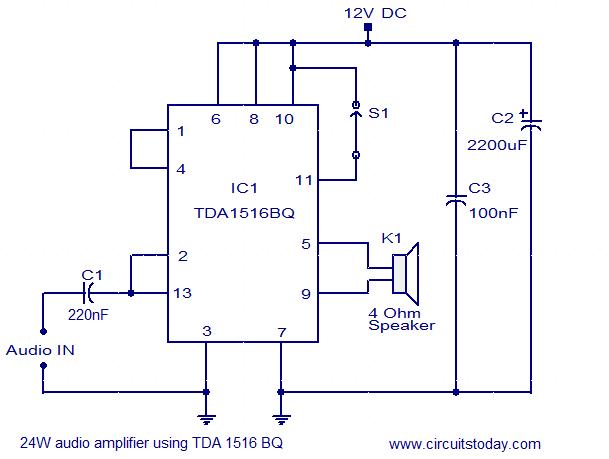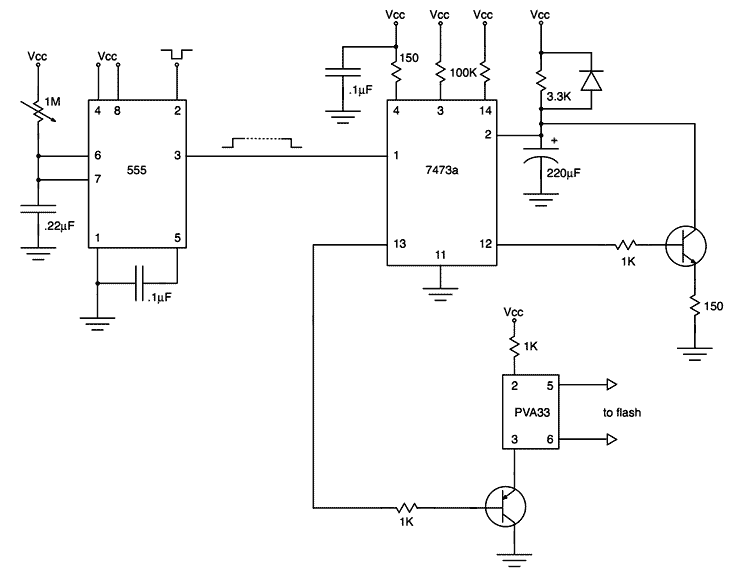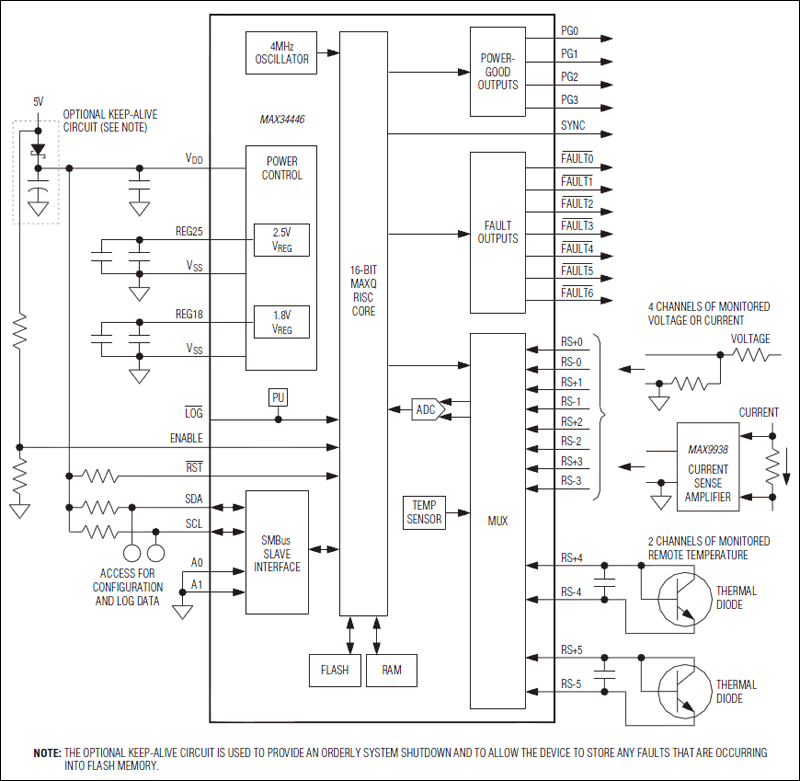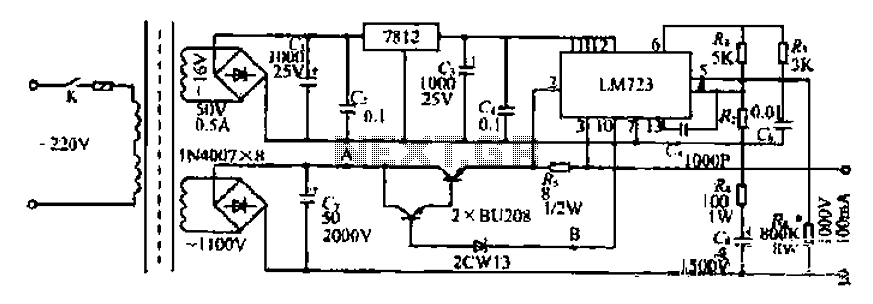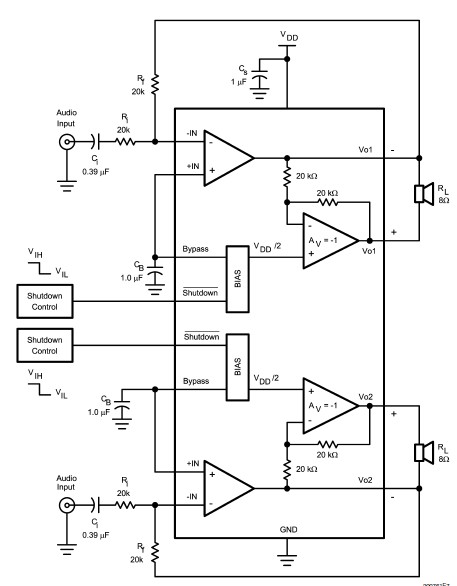
Telephone Ring Generator Using Small Power Transformer
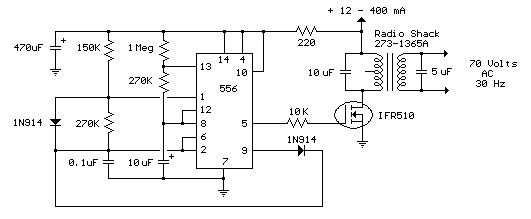
The interval between rings can be adjusted by changing the value of the 1 Meg resistor. A 70 volt, 30 Hz ringing voltage is generated from the 120 volt side of a small 12.6 VAC power transformer (Radio Shack 273-1365). The capacitors connected across the transformer windings are non-polarized and rated for 100 volts. The circuit draws approximately 300 mA from the 12 volt DC power supply during the ringing interval.
The circuit operates by utilizing a transformer to step down the voltage from 120 volts AC to 12.6 volts AC. This lower voltage is then rectified and filtered to provide a stable DC voltage, which powers the ringing mechanism. The 1 Meg resistor plays a crucial role in determining the timing of the ringing signal; by altering its resistance, the frequency of the ringing can be modified, allowing for flexibility in the application.
The use of non-polarized capacitors rated for 100 volts ensures that the circuit can handle the voltage levels without risk of failure, providing reliability during operation. The capacitors are strategically placed across the transformer windings to smooth out voltage fluctuations and maintain a consistent ringing voltage of 70 volts at a frequency of 30 Hz.
During the ringing interval, the circuit draws approximately 300 mA from the 12 volt DC power supply, indicating a moderate power requirement. This current draw is essential for generating the necessary energy to produce the ringing effect, which can be utilized in various applications such as alarms, notifications, or signaling devices.
Overall, this circuit design exemplifies a straightforward yet effective approach to creating a controlled ringing voltage, suitable for a range of electronic applications. Proper attention to component ratings and configurations ensures optimal performance and longevity of the circuit.The interval between rings can be lengthened or shortened by varying the value of the 1 Meg resistor. The 70 volt/ 30 Hz ring voltage is produced from the 120 volt side of a small 12. 6 VAC power transformer (Radio Shack 273-1365). Both capacitors connected across the transformer windings are non-polarized / 100 volts. Circuit draws about 300mA fro m the 12 volt DC power supply during the ringing interval. 🔗 External reference
The circuit operates by utilizing a transformer to step down the voltage from 120 volts AC to 12.6 volts AC. This lower voltage is then rectified and filtered to provide a stable DC voltage, which powers the ringing mechanism. The 1 Meg resistor plays a crucial role in determining the timing of the ringing signal; by altering its resistance, the frequency of the ringing can be modified, allowing for flexibility in the application.
The use of non-polarized capacitors rated for 100 volts ensures that the circuit can handle the voltage levels without risk of failure, providing reliability during operation. The capacitors are strategically placed across the transformer windings to smooth out voltage fluctuations and maintain a consistent ringing voltage of 70 volts at a frequency of 30 Hz.
During the ringing interval, the circuit draws approximately 300 mA from the 12 volt DC power supply, indicating a moderate power requirement. This current draw is essential for generating the necessary energy to produce the ringing effect, which can be utilized in various applications such as alarms, notifications, or signaling devices.
Overall, this circuit design exemplifies a straightforward yet effective approach to creating a controlled ringing voltage, suitable for a range of electronic applications. Proper attention to component ratings and configurations ensures optimal performance and longevity of the circuit.The interval between rings can be lengthened or shortened by varying the value of the 1 Meg resistor. The 70 volt/ 30 Hz ring voltage is produced from the 120 volt side of a small 12. 6 VAC power transformer (Radio Shack 273-1365). Both capacitors connected across the transformer windings are non-polarized / 100 volts. Circuit draws about 300mA fro m the 12 volt DC power supply during the ringing interval. 🔗 External reference
